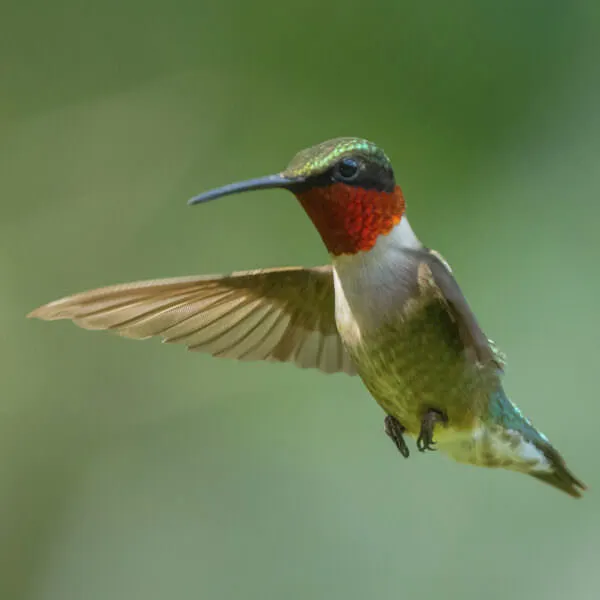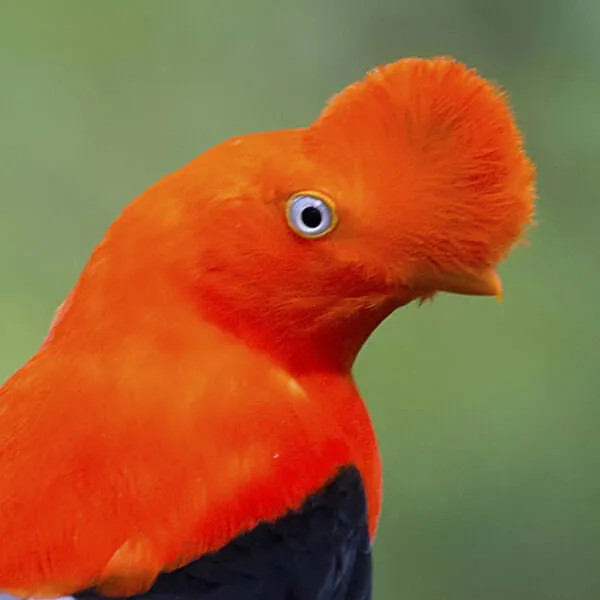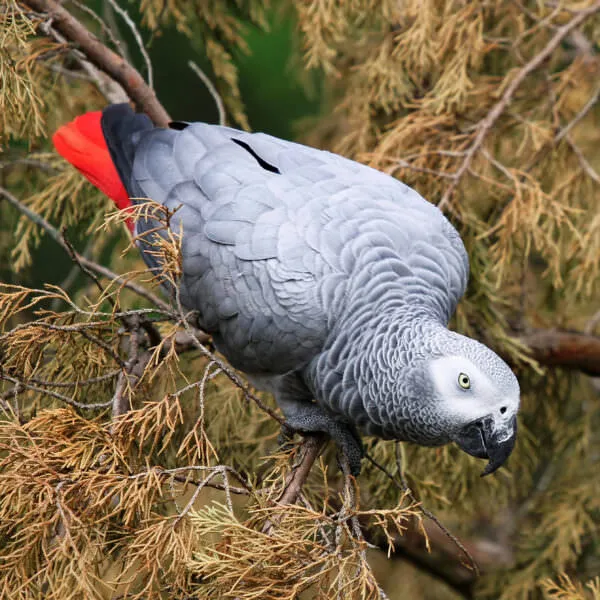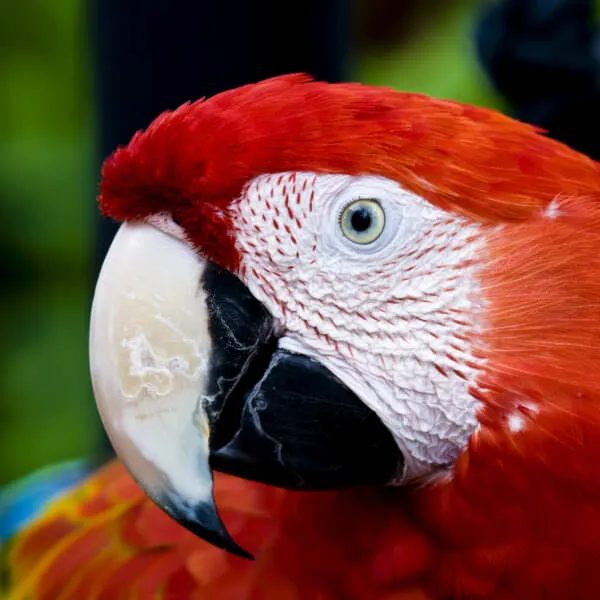Anatomy
The Andean condor is the national animal of Colombia and is one of the largest birds of prey in the world, weighing as much as 20 to 25 pounds. Adults can reach heights of four feet, with a wing span of up to 10 feet. Males are typically larger than females. Andean condors are mostly black with a fluffy white collar around their neck and white patches along their wings. These birds have bald grayish red heads, and the males have a fleshy lump at the front of their heads called a caruncle. Their beaks are large and hooked, and they have large feet with sharp claws, allowing them to easily tear apart their meals.
We're All In
Together, we're building a future where people and nature thrive. Sign up today and join our movement...
Habitat
At one time the Andean condor could be found along the entire western coast of South America from Venezuela to the southern tip of Patagonia. Today, these majestic birds inhabit only northern Venezuela, Colombia, Peru, Argentina and Chile. They spend their time in high mountains, lowland deserts, open grasslands, along coastlines and in alpine regions. Unlike many other birds, the condor doesn’t build nests, but lays its eggs only once every two years among boulders or in caves or holes. These places are typically harder for other predators to reach and offer their eggs and chicks more safety.
Diet
Andean condors are scavengers and eat primarily carrion, or dead or decaying flesh. Their excellent eyesight allows them to seek out dead or dying animals while hovering high in the sky. They use their sharp, curved beaks and claws to remove meat from carcasses or weak animals. To clean their bald heads after a meal, they scrape them along the ground to remove any food scraps. Baby animals and eggs are also occasionally part of the condor’s diet.
Threats
The Andean condor was placed on the Endangered Species List in 1973 and is in danger of becoming extinct due primarily to over hunting. Many farmers shoot these birds because they mistakenly believe the condors kill their livestock. Pesticide poisoning through the food chain has also hurt populations. Thanks to the repopulation efforts of many zoos, the Andean condor is finally beginning to make a comeback.
Sources
- « Andean Condor, » Smithsonian National Zoological Park website, 2007
- « All about the Andean Condor, » Cleveland Metroparks Zoo website, 2007
- Vulture Culture: www.lairweb.org.nz/vulture/andean.html



